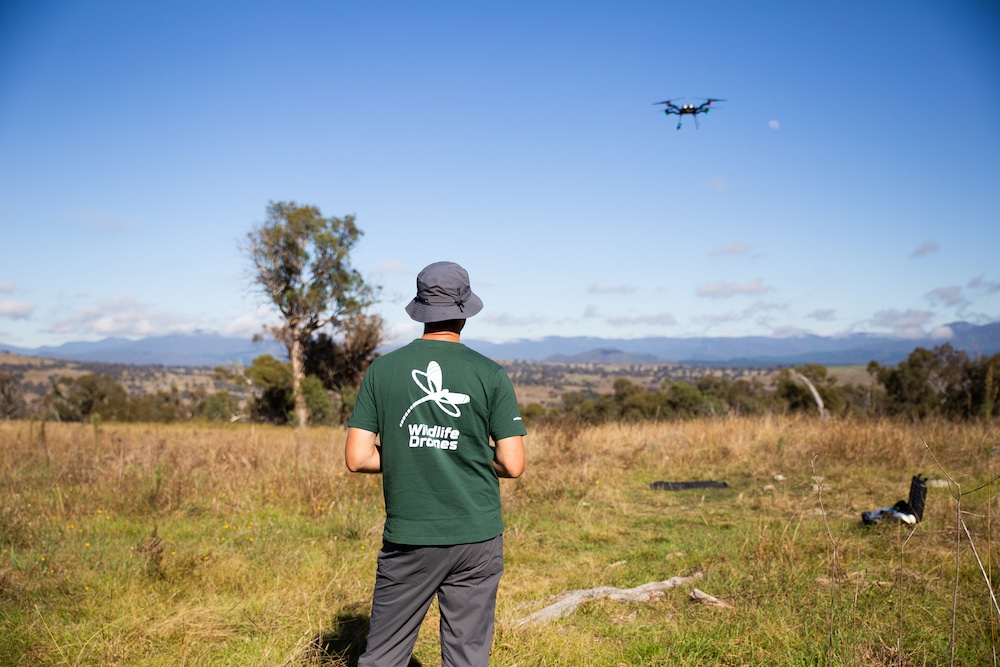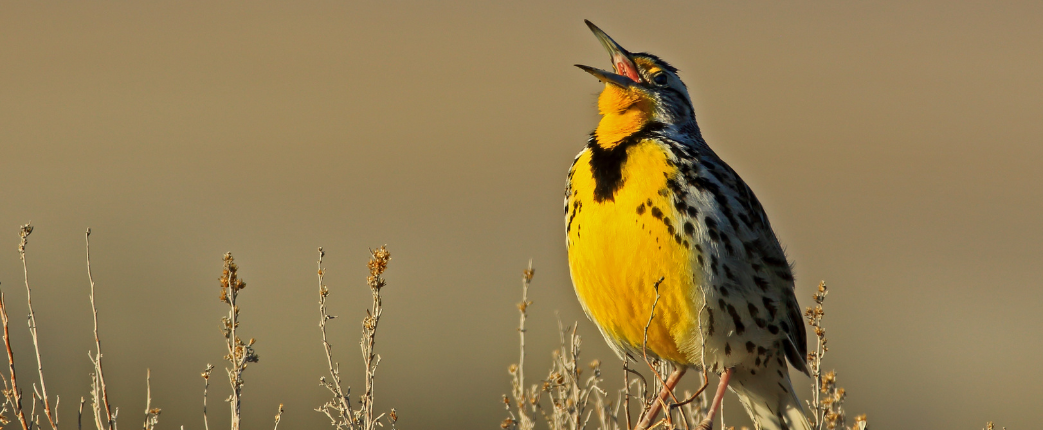
Insights: Grasslands, the home of ground-dwelling birds
Grasslands: the fertile home of illusive ground-dwelling birds
Teeming with wildflowers and native animals, grasslands—or prairies—as they are commonly known in the American Midwest, stretch across vast swathes of the United States. From songbirds to raptors, grasslands are home to a staggering number of bird species—many of which are small and difficult to track.
With Thanksgiving just around the corner, we thought we’d get into the holiday spirit by taking a look at some of the United States’ most beautiful grassland birds—including wild turkeys!
Grasslands are a unique and important ecosystem
From the savannas of Africa to the steppes of Central Eurasia, grasslands are found on every continent except Antarctica. They cover an estimated 20 – 40 per cent of the Earth’s land area and occur in regions with precisely the right climate for grass—as opposed to trees and shrubs—to dominate the landscape.
In addition to supporting a vast array of plant and animal species, grasslands play an important role in regulating the climate by storing carbon. Unlike trees, which store carbon above the ground, grasses sequester carbon beneath the ground in fibrous root systems that can extend several metres below the surface. Recent research indicates this may make grasslands more effective carbon sinks than forests in times of climate instability because, unlike trees, they are able to retain carbon during wildfires.
Yet despite the critical role grasslands play in supporting biodiversity and regulating the climate, grasslands are under threat. In the United States alone, it is estimated that less than 40 per cent of historical grasslands remain intact.
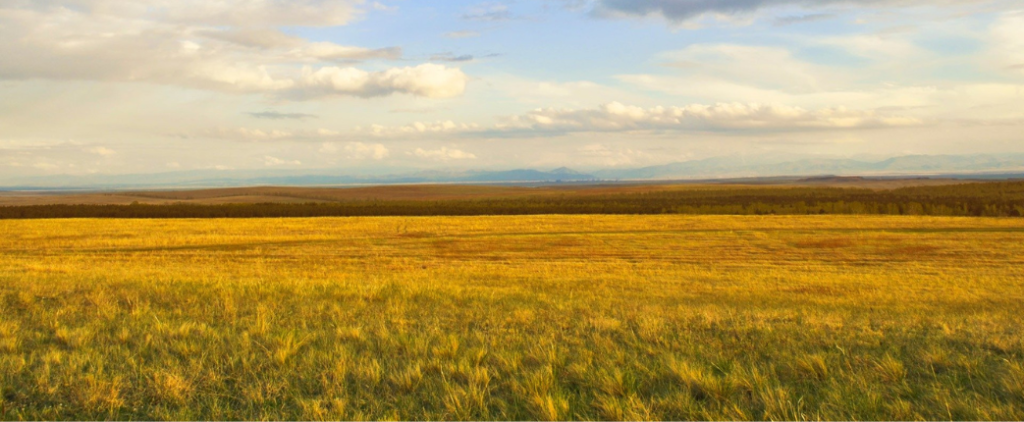
Agricultural expansion is a key threat to grasslands
Due to their extensive underground root networks, temperate grassland biomes have some of the most nutrient-rich soils on the planet. Unfortunately, the fertile nature of this soil also makes grasslands the ideal environment for agriculture.
It is estimated that almost half of all temperate grasslands and 16 per cent of tropical grasslands globally have been converted to agricultural or industrial uses, which has significant implications for the health of our grasslands. Soil quality typically declines when grasslands are converted to cropping, due to poor agricultural practices such as monocropping and inadequate crop rotation. Similarly, using grasslands as grazing pasture can reduce both the variety and volume of native vegetation.
Grasslands are home to a wide variety of bird species—including wild turkeys!
Grassland birds are found in each of the United States’ 50 states. These birds are highly adapted to grasslands, relying on grass cover—often of a specific height—for nesting and foraging. However, the continued conversion of grasslands to agricultural fields and livestock pastures since the late 1800s has resulted in significant declines in grassland bird populations. Indeed, the Audubon Society estimates that total populations have declined by more than 40 per cent since 1966.
Here are just a few of the many endangered birds that call the temperate grasslands of North America, and savanna grassland of Africa home.
Lesser Prairie-Chicken (Tympanuchus pallidicinctus)
One of the United States’ most threatened birds, the Lesser Prairie-Chicken is a species of the grouse family with barred brown and white plumage. They are adapted to the arid short-grass regions of the southern Great Plains of the United States, across which they used to be abundant. However, they are now restricted to a few isolated concentrations. The birds forage mostly on the ground and may move several miles a day from their roosting sites to find good foraging sites for their varied diet of seeds, insects and leaves.
Lesser Prairie-Chickens are perhaps best known for their distinctive nesting habits. In spring, the males gather twice a day at ‘booming grounds’ where they display to attract the females. During the display, the males raise tufted feathers on their necks to expose reddish patches of skin that inflate as they produce a distinctive gobbling call, while rapidly stamping their feet!
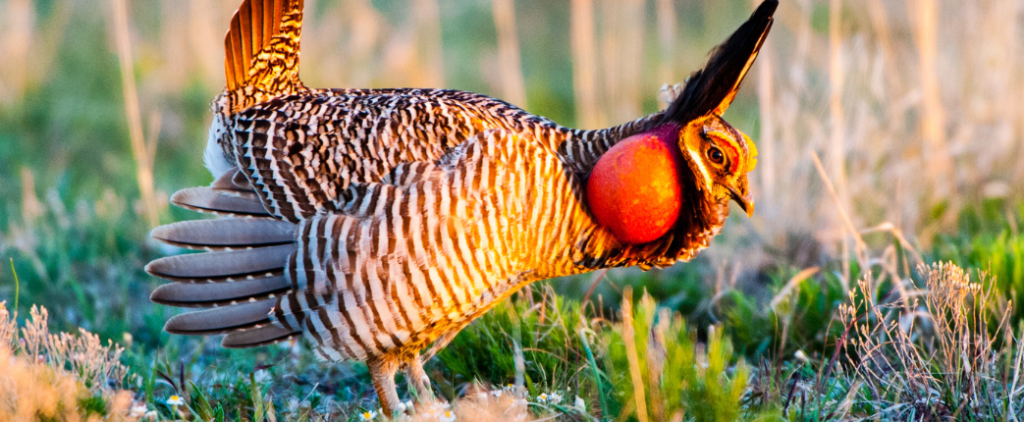
Secretarybird (Sagittarius serpentarius)
Measuring a staggering 4-5 feet tall, the Secretarybird has the longest legs of any bird of prey and a wingspan to match! While its taxonomic name Sagittarius serpentarius, means ‘the archer of snakes’, it’s thought the bird was given its common name by Europeans in the 1800s who thought the bird’s striking appearance bore a resemblance to secretaries of the day.
The Secretarybird is native to the sub-Saharan grasslands of Africa, from Senegal east to Somalia and down to South Africa. It is the only bird of prey that hunts for its prey on foot, wandering more than 30 kilometres a day through open grassland—often in pairs—in search of small mammals, reptiles (including venomous snakes), birds and large insects.
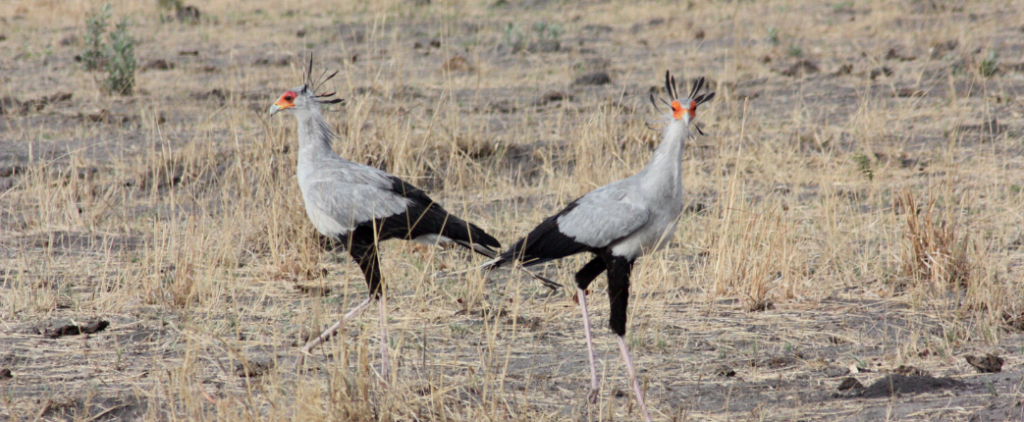
Western Meadowlark (Sturnella neglecta)
With bright yellow plumage on its throat and breast, the Western Meadowlark is strikingly similar in appearance to its close relative, the Eastern Meadowlark. At present it remains widespread and common, however, according to the Audubon Society, the species has begun to experience population declines in recent decades.
The Western Meadowlark lives in grasslands as well as cultivated fields and pastures, but it still prefers to breed in natural grasslands and prefers shorter grass than the Eastern Meadowlark. The bird predominantly eats insects and seeds, which it typically forages by walking on foot through the grass. The birds also nest on the ground, in areas of dense grass coverage, which the male defends by singing!
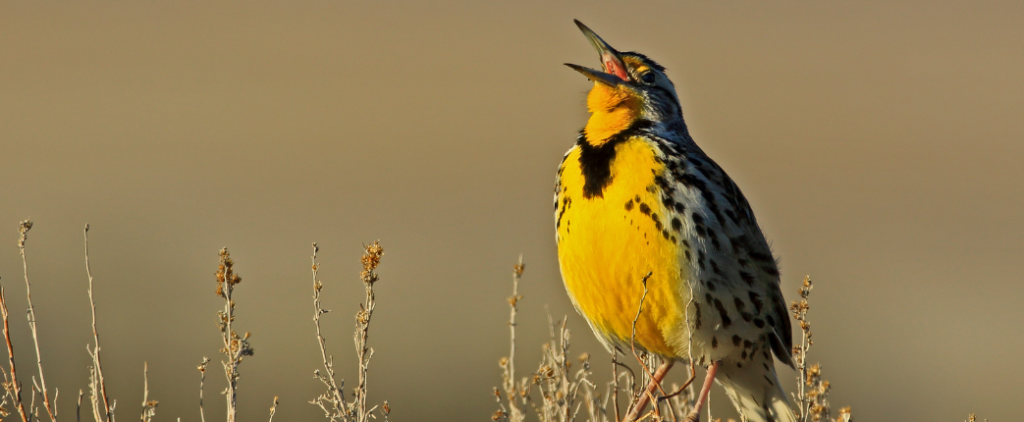
Wild Turkey (Meleagris gallopavo)
Long before Wild Turkeys were synonymous with Thanksgiving, they could be found wandering much of the United States. Their preferred habitat is a combination of woodland and open clearings, where they typically move around by walking or running. Like the Western Meadowlark, Wild Turkeys forage on the ground, scratching in leaf litter for food.
Wild Turkeys are one of America’s most distinctive bird species. The males are particularly distinctive, with their bright red wattles—including the ‘snood’ that often covers their beak—and blue heads, which can change colour depending on their level of excitement.
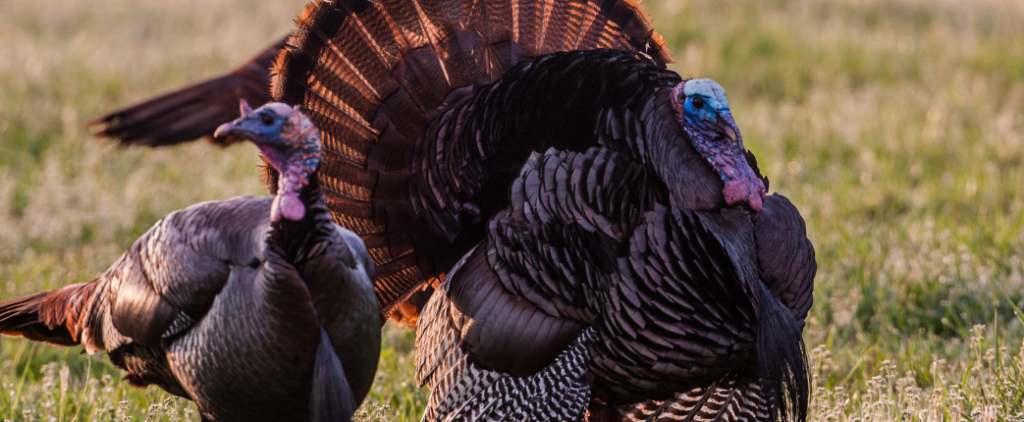
Wildlife Drones’ world-class radio-telemetry system makes tracking threatened grassland birds faster and more effective than ever before
At Wildlife Drones we understand how challenging it can be to track small, fast-moving grassland birds. Not only can they cover vast distances, which makes tracking them on foot near-impossible, but they also often prefer dense grass coverage, which makes them difficult to locate in the first place.
Our world-class radio-telemetry system is helping to overcome these challenges by making it faster and more effective to track grassland birds than ever before.
With our innovative technology, we were able to simultaneously locate and track up to 40 Plains-Wanderers in real-time, saving the team considerable amounts of time and effort.
Contact us today to find out how Wildlife Drones can help with your grassland bird conservation project.
